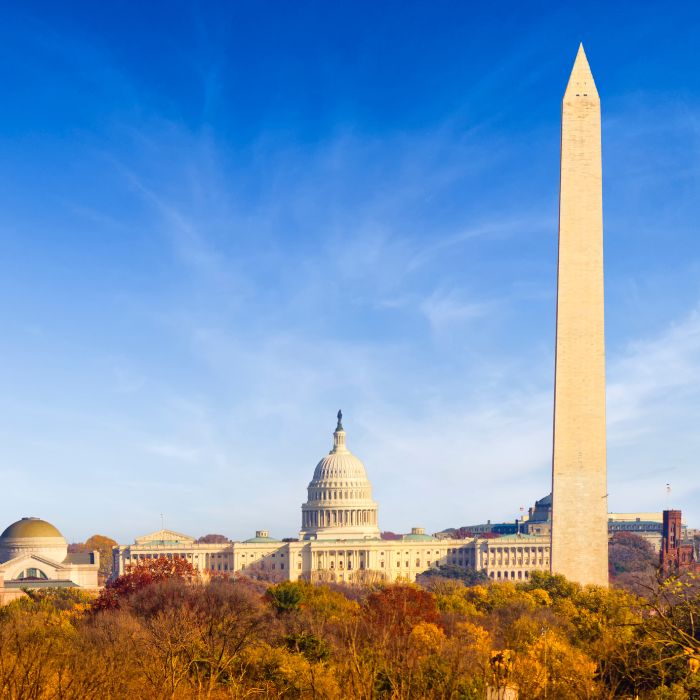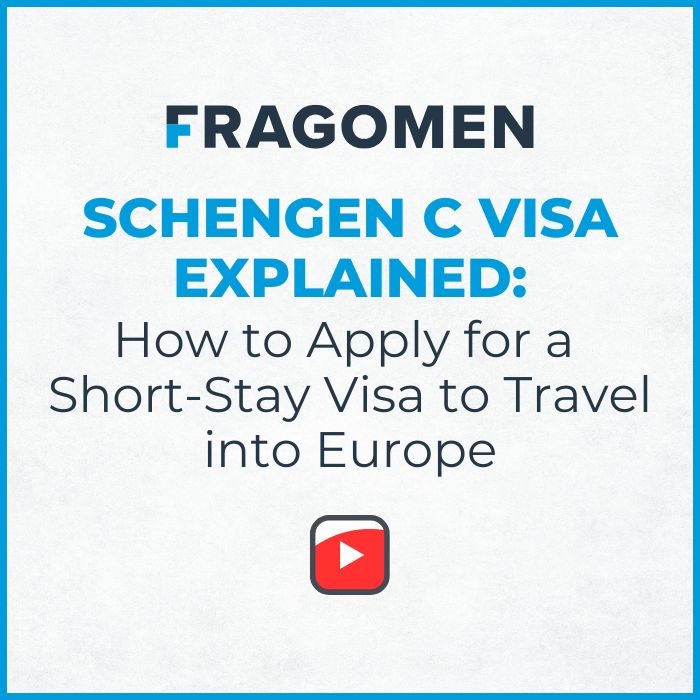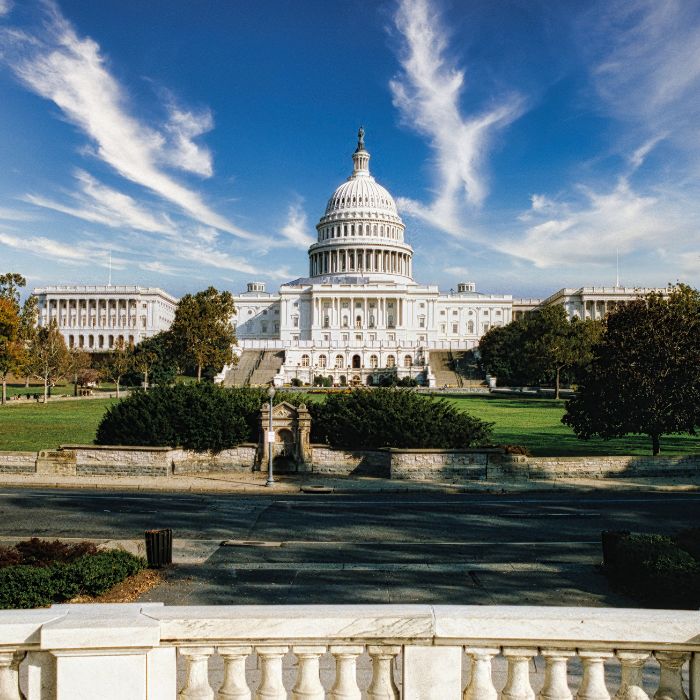DHS Proposes Broader STEM OPT Program with Significant New Obligations for Employers
October 16, 2015
In a proposed rule that will be published on October 19, the Department of Homeland Security seeks to make the STEM optional practical training (OPT) extension program available to more F-1 students and lengthen the extension period, but would require employers to provide detailed training plans for each STEM student, make attestations concerning compensation and layoffs, and undergo frequent compliance reporting and auditing. The regulation would also reaffirm the cap-gap relief program for F-1 students awaiting a change of status to H-1B.
DHS is seeking public feedback on the proposed regulation. Comments are due on November 18, 2015.
Duration of the STEM OPT Extension
Under the proposed rule, F-1 students who are in a period of post-completion optional practical training, have a qualifying U.S. science, technology, engineering or mathematics (STEM) degree, and will be employed by an employer that is enrolled in and uses the E-Verify program would be eligible for an additional 24 months of OPT, up from the current 17-month extension period. This would increase their OPT time to a total of 36 months, from 29 months.
A further 24 months of OPT would be available if the F-1 student subsequently earns another qualifying U.S. STEM degree at a higher educational level. A second STEM extension could not immediately follow the previous extension.
Certain F-1s already granted a 17-month extension under current rules could be eligible for an additional seven months of STEM OPT under transitional arrangements.
Qualifying for the STEM Program
The proposed rule would expand the list of degrees eligible for STEM OPT extensions beyond those listed in Immigration and Customs Enforcement’s current designation of qualifying degrees, and publish a new list of qualifying degrees in the Federal Register. But the OPT extension program would remain limited to degrees in the following STEM disciplines: mathematics, natural sciences (including physical sciences and biological/agricultural sciences), engineering/engineering technologies and computer/information systems and related fields. Notably, health and social sciences degrees would not be included.
The rule would require degree-granting institutions to be accredited by an accrediting body recognized by the U.S. Department of Education. Foreign nationals with a STEM degree from an unaccredited institution would not qualify for the extension.
An F-1 student who has a prior degree in a qualifying STEM field would be able to participate in the OPT extension program, as long as his or her most recent degree was from an accredited U.S. institution. Under current rules, an F-1 is eligible for the OPT extension only if his or her most recent U.S. degree is in a qualifying STEM field.
Employer Obligations
To employ a STEM OPT extension beneficiary, an employer would be required to devise a customized training program and designate a mentor for each F-1 STEM student. The student’s designated school official (DSO) would be required to review the plan and verify that the student’s proposed employment is directly related to his or her STEM degree before the DSO could endorse the student for the OPT extension.
Each employer would be required to attest (1) that the compensation paid to the F-1 student during the STEM extension period will be comparable to what the employer offers to similarly situated U.S. workers; (2) that it will not terminate, lay off or furlough a U.S. worker as a result of the STEM OPT training opportunity; (3) that it has the funds and personnel resources to train and mentor the STEM student; and (4) that the training is directly related to the student’s STEM degree.
Every six months during the OPT extension period, employers would be required to complete an evaluation of the F-1 student that documents the student’s progress toward meeting the training goals set forth in the plan. Employers would be subject to site visits by Immigration and Customs Enforcement to verify that the student’s activities are consistent with the plan.
The employer’s obligation to register and participate in E-Verify in order to employ an F-1 during the STEM OPT extension period would be unchanged by the proposed rule.
The obligations set forth in the proposal would apply to employment during the STEM OPT extension period only. They would not apply to the 12-month post-completion OPT period.
What the Proposed Rule Means for Employers and Foreign Nationals
If the proposal is implemented as written, more F-1 STEM students would be eligible for the OPT extension program and they would be able to work for a longer period. But employers would face a costly and complex application process and would face heavy compliance obligations during the OPT extension period.
Publication of the proposed rule brings DHS closer to meeting a February 12, 2016 deadline in a federal court challenge that invalidated the current STEM OPT regulation on procedural grounds. Despite the rapid progress the rule has made through the regulatory process, it remains to be seen whether the agency will be able to implement it by the court deadline and ensure that the STEM program can continue without interruption. Your organization may wish to discuss alternative immigration options for current F-1 OPT employees in the event there are delays in the regularization of the STEM OPT program.
In the meantime, comments from employers will be vital to emphasize the importance of the STEM OPT program to U.S. businesses and to provide feedback on the employer obligations DHS proposes. If your organization is interested in submitting comments, please contact your designated Fragomen team or the firm’s Government Strategies Group.
This alert is for informational purposes only. If you have any questions, please do not hesitate to contact the immigration professional with whom you work at Fragomen.














